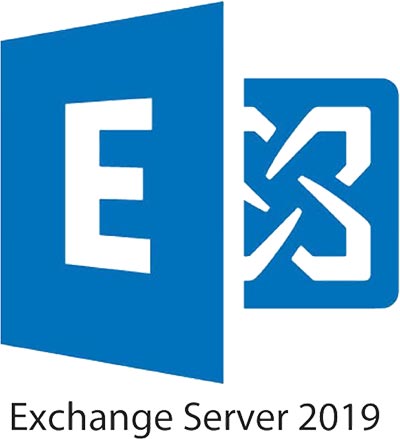
Upgrades and migrations for Microsoft Exchange Server can seem like a complex and difficult process. However in most cases a migration is able to follow a standard process, with only those special or unique characteristics of the Exchange Server environment likely to cause problems or require additional planning and effort.
The first thing to be aware of when planning your Exchange Server migration is that in-place upgrades of Exchange Server are not possible
For example, you cannot upgrade an Exchange Server 2007 server to Exchange Server 2010, or an Exchange Server 2010 server to Exchange Server 2013.
The reasons for this are that the server architecture and internal workings of Microsoft Exchange Server often change so much between major releases that upgrades would become perilous exercises that are nearly impossible to adequately test for. Instead, an Exchange Server upgrade from one version to another involves a migration of services and data from old servers to new servers.
The upgrade scenarios for Exchange Server are typically N-2. In other words, a version of Exchange Server can be migrated to from the previous two versions, but not from any older versions
For example, Exchange Server 2013 can be migrated to from Exchange Server 2007 and 2010, but not from Exchange Server 2003. An Exchange Server 2003 organization would need to first migration to 2007 or 2010 before they could migration to Exchange Server 2013.
For more information on some of the supported migration scenarios refer to the following resources:
- Migrating to Exchange Server 2016
- Upgrading to Exchange Server 2013
- Exchange Server 2010 Migration
Exchange Server Pro has published a number of migration guides for Exchange Server migration scenarios:
- Exchange Server 2010 to 2013 Migration
- Exchange Server 2003 to 2010 Migration
- Exchange Server 2007 to 2010 Migration
I’ve also produced a Pluralsight training course for Exchange Server 2016 migration:
- Migrating to Exchange Server 2016 on Pluralsight
For the purposes of this article an “upgrade” refers to the process of moving your organization’s Exchange Server environment to a newer version, for example from Exchange Server 2010 to Exchange Server 2013.
If you are looking for information about upgrading in the sense of service packs or cumulative updates, please refer to the following resources instead:
- Installing Cumulative Updates for Exchange Server 2016
- Installing Cumulative Updates and Service Packs for Exchange Server 2013
- How to Install Updates on Exchange Server 2013 CAS Arrays
- How to Install Updates on Exchange Server 2010 Database Availability Groups
Alternatives to Exchange Server Migrations
For organizations that do not wish to upgrade their on-premises Exchange Server environment there is also the option to migration to Exchange Online, which is the cloud hosted version of Exchange Server that forms a part of the Microsoft Office 365 service.
Office 365 migrations can be performed in multiple ways. For an overview of the Office 365 migration scenarios, read my article on methods for migrating to Office 365 or download the white paper Email Migration to Office 365, which gives a comprehensive overview of hidden challenges and how to overcome them.
